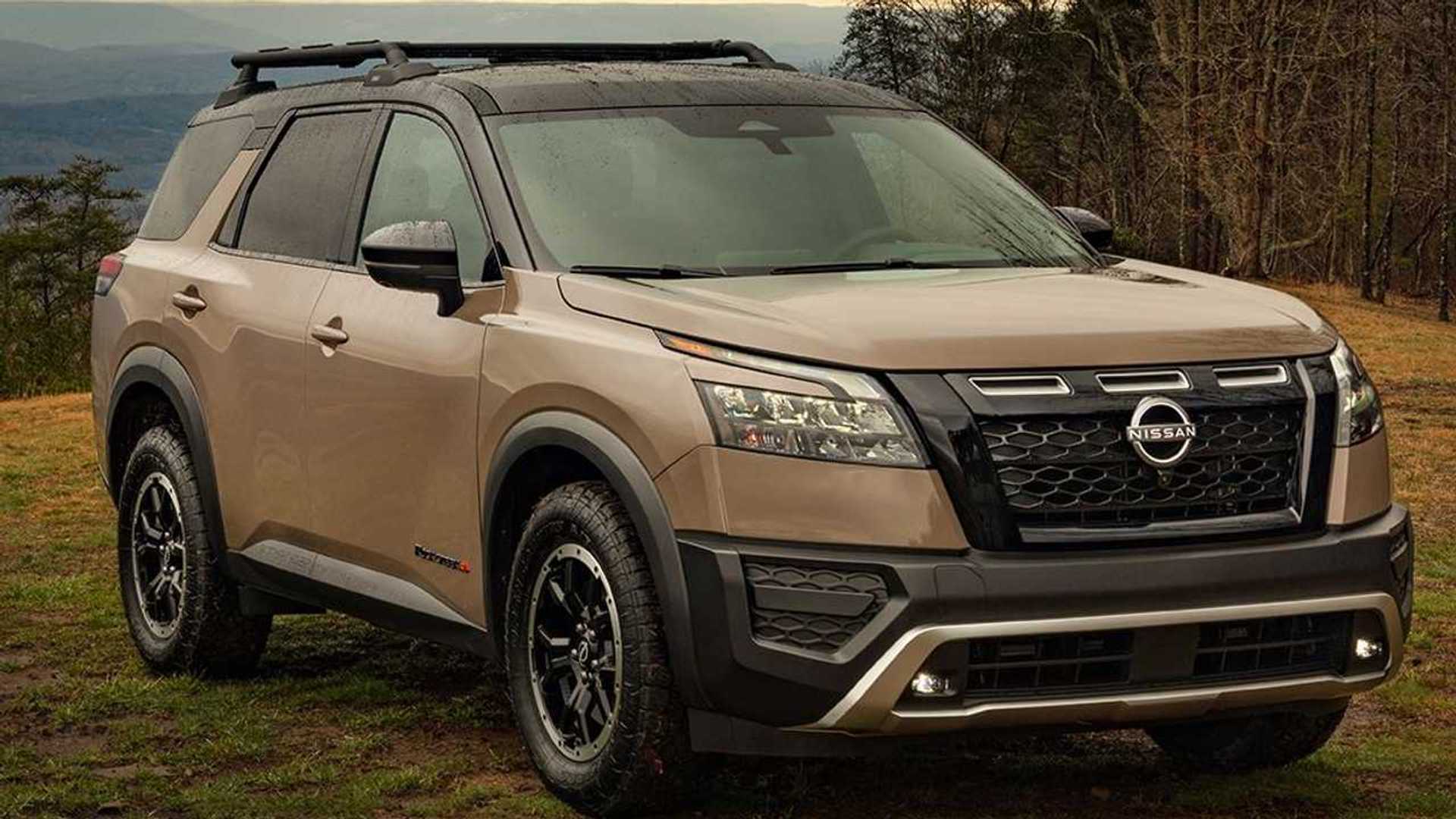When shopping for an SUV, longevity is often at the top of the priority list. Whether you’re a road tripper, a daily commuter, or someone hauling kids and gear, the idea of owning a vehicle that still feels solid after 200,000 miles is incredibly appealing.
But not all SUVs age the same. Some seem to shrug off the years and the miles, maintaining their driving composure, ride quality, and mechanical integrity deep into the six-digit mileage range. Others, however, start to feel worn, unrefined, or downright tired well before they hit 100,000 miles.
In this guide, we take a closer look at both ends of that spectrum. First, we’ll highlight five SUVs that routinely defy expectations and still drive like new even after 250,000 miles.
These are the vehicles you see in high-mileage taxi fleets, trusted by owners for long-term reliability, and praised by mechanics for their staying power.
Then we’ll explore five SUVs that often lose their driving refinement and mechanical soundness surprisingly early—sometimes by 80,000 miles or less.
These are vehicles that may feel great when new but tend to age poorly, with issues in suspension, drivetrain, or interior wear that make them feel much older than they are.
Understanding which SUVs are built for the long haul—and which fall apart early—can save you thousands in repairs and years of frustration. This comparison is here to help you make that distinction clearly and confidently.
Also Read: 5 Trucks That Survive Construction Duty and 5 That Crack Under Pressure
5 SUVs That Still Drive Like New After 250K
In a market filled with SUVs promising long life and rugged performance, only a few truly live up to the hype of lasting 250,000 miles—and still driving like they did at 50K.
These are the rare models that combine strong mechanical engineering, overbuilt drivetrains, and long-lasting suspension systems to deliver not just reliability, but continued driving satisfaction deep into their lifespans.
It’s one thing for an SUV to still be running at a quarter-million miles, but it’s another for it to feel composed, quiet, smooth, and responsive.
These vehicles are praised by fleet managers, mechanics, and long-term owners alike for their exceptional wear resistance, low failure rates, and solid build quality.
Their interiors resist rattles, their suspensions stay tight, and their drivetrains remain confident—even with years of hard use.
Whether they’re climbing snowy mountain roads, towing loads, or just grinding through daily traffic, these SUVs prove that some models are truly built to last.
We’re highlighting these five SUVs because they’ve earned reputations as long-distance champions.
If you’re looking for a vehicle that you won’t need to replace anytime soon—and that won’t feel like a clunker halfway through its life—these are the ones to watch. They’re not just durable; they’re built to keep driving like new.
1. Toyota Land Cruiser (200 Series, 2008–2021)
The Toyota Land Cruiser is the benchmark for long-term SUV durability, and the 200 Series (2008–2021) is perhaps its most refined and battle-tested version.
Built with a philosophy that prioritizes durability over cost-cutting, the Land Cruiser routinely clocks 250,000 miles and still feels incredibly solid—mechanically, structurally, and in overall driving experience.
This SUV is famous for its overengineered components, luxurious ride quality, and ability to go from city pavement to mountain trail without missing a beat.
Under the hood is a 5.7L V8 mated to a heavy-duty 6-speed automatic transmission, a combination known for quiet power delivery and unshakable reliability.
The full-time 4WD system is equally stout, designed for global conditions that would destroy lesser SUVs. What really sets the Land Cruiser apart is how it handles age: its suspension stays tight, the drivetrain smooth, and the interior quality high—even at quarter-million-mile marks.
Why include it here? Because Land Cruisers aren’t just still running at 250K—they’re still desirable. The market reflects this, with high-mileage examples often selling for more than newer competitors with half the mileage.
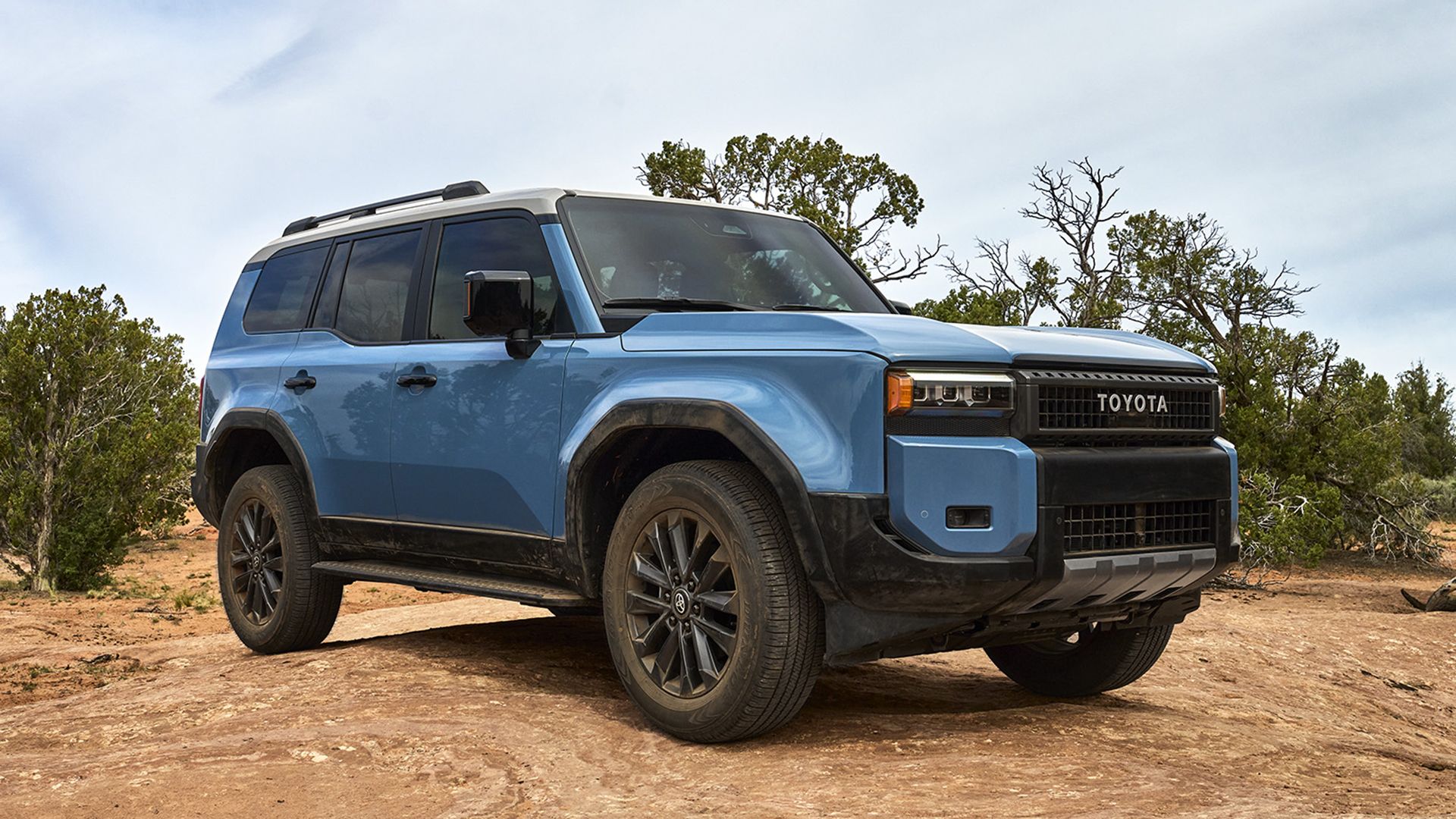
Owners report minimal suspension degradation, low NVH (noise, vibration, and harshness), and only minor component replacements over time.
We’re highlighting the Land Cruiser because it’s one of the few SUVs that truly does feel “like new” even after a long life of towing, off-roading, and commuting.
If you want a vehicle that’ll still be quiet, tight, and mechanically confident after 250,000 miles, this is one of the most bulletproof bets in the business.
2. Lexus GX 460 (2010–Present)
The Lexus GX 460 is often described as a Land Cruiser in disguise—and for good reason. Built on the same rugged platform as the Toyota Land Cruiser Prado, the GX 460 delivers an unmatched combination of refinement and durability.
From its V8 powertrain to its body-on-frame construction, this SUV is engineered for longevity. Many examples sail past 250,000 miles while still driving with the composure and quiet you’d expect from a Lexus with less than half the mileage.
At its core is a 4.6L V8 paired with a 6-speed automatic transmission and full-time 4WD. The engine is low-stress, under-tuned for longevity, and known for trouble-free performance.
What makes the GX remarkable is how little it shows its age: the ride remains smooth, the cabin stays rattle-free, and components like the suspension, electronics, and drivetrain hold up with impressive grace over time.
It’s also worth noting that the GX 460 tends to be owned by meticulous drivers—many of whom stay on top of maintenance.
That, combined with the vehicle’s tank-like construction, helps it age slowly and gracefully. Common repairs are often limited to wear items: brakes, bushings, or occasional suspension components.

We’re including the Lexus GX 460 because it is the rare luxury SUV that retains its comfort, capability, and composure well past 200K miles.
It’s ideal for families, adventure-seekers, and long-distance drivers who want something luxurious—but built to last like a commercial-grade vehicle. At 250,000 miles, most GX 460s feel broken in, not broken down.
3. Honda Pilot (2009–2015, 2nd Gen)
The second-generation Honda Pilot (2009–2015) is a practical, no-nonsense midsize SUV that has quietly earned a reputation for long-haul reliability and surprising resilience.
While it’s not flashy or off-road oriented, the Pilot delivers consistent performance and driving refinement well beyond 250,000 miles—especially when maintained properly. This is the SUV you see ferrying kids, groceries, and camping gear across the country, year after year, without complaint.
Under the hood, most Pilots from this era use the tried-and-true 3.5L V6 (J35 engine), paired with a 5-speed automatic transmission (6-speed in later years). The engine is smooth, well-balanced, and built with Honda’s trademark engineering precision.
It can easily surpass 300,000 miles with routine oil changes, valve adjustments, and timing belt replacements. The transmission, though not bulletproof, is generally durable—particularly in post-2011 models that benefited from software refinements.
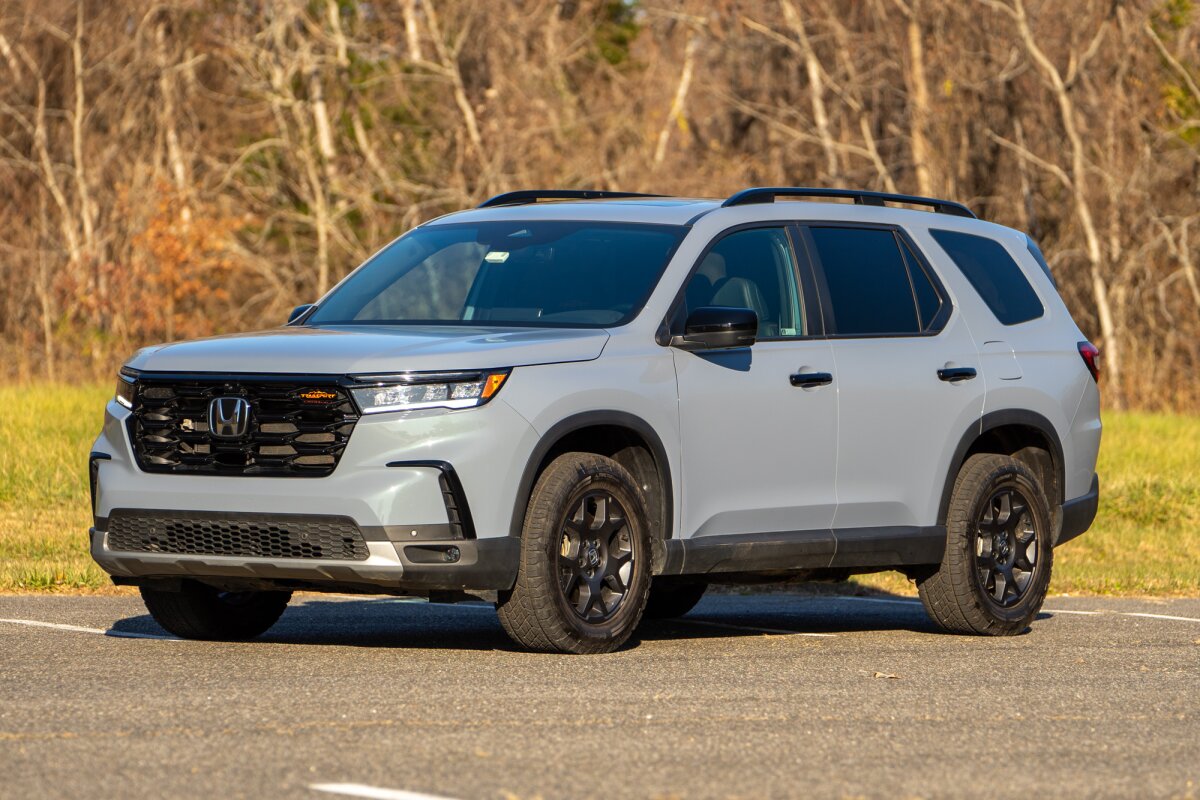
What makes the Pilot a standout at high mileage is its overall tightness. Even after years of daily use, these SUVs rarely develop squeaks, rattles, or suspension clunks that plague other vehicles in this category. The unibody design gives it car-like handling, and the interior, while utilitarian, holds up to family wear and tear remarkably well.
We’re featuring the Pilot because it’s a shining example of how family-focused design and solid engineering can yield serious long-term value.
It’s easy to maintain, parts are affordable, and it has a large community of owners who regularly push their Pilots past the 250K mark—many reporting that it still drives as comfortably as ever.
4. Toyota 4Runner (2009–Present, 5th Gen)
The fifth-generation Toyota 4Runner, in production since 2009, is one of the last true body-on-frame SUVs on the market—and a prime example of long-term mechanical integrity.
It’s not just rugged off-road; it also holds up astonishingly well on-road over hundreds of thousands of miles. Many owners report their 4Runners still driving with tight steering, smooth power delivery, and minimal drivetrain fatigue well past 250,000 miles.
Power comes from Toyota’s tried-and-true 4.0L V6 engine (1GR-FE), mated to a 5-speed automatic transmission and available part-time or full-time 4WD systems depending on trim. This powertrain is renowned for its simplicity and long life.
The engine uses a timing chain instead of a belt, which eliminates one major maintenance concern. Its robust cooling, fueling, and ignition systems further contribute to its longevity.
What makes the 4Runner impressive isn’t just that it keeps running—but that it keeps feeling solid.
Its suspension bushings, body mounts, and chassis resist the typical degradation that causes many SUVs to feel floaty, noisy, or disconnected at high mileage. The interior, while not luxurious, is built from durable materials that age well.
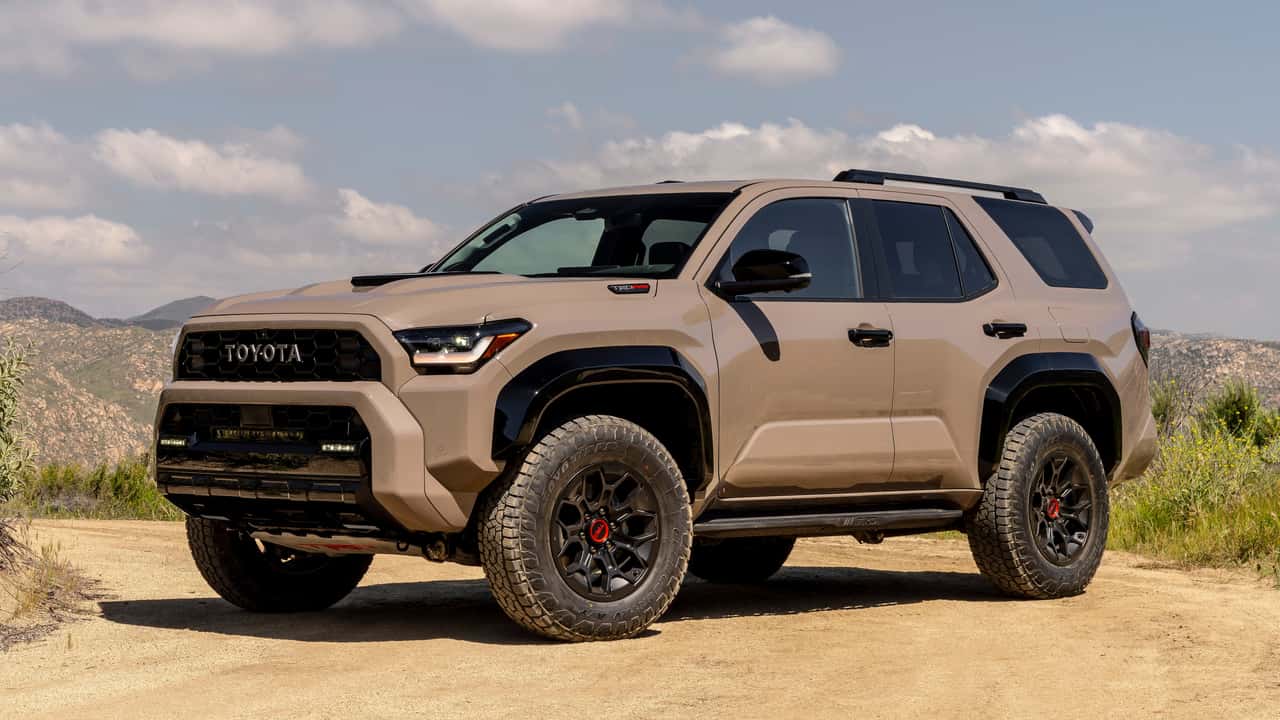
We’re including the 4Runner because it proves that ruggedness and refinement don’t have to fade with age. It’s a favorite among outdoor enthusiasts, off-roaders, and long-distance commuters alike.
If you want an SUV that not only survives 250,000 miles but still feels like a cohesive, reliable machine at that point, the 4Runner is about as sure a bet as you can make.
5. Chevrolet Tahoe (2007–2014, GMT900)
The 2007–2014 Chevrolet Tahoe, built on GM’s GMT900 platform, is a full-size SUV that consistently proves its durability—especially in fleets, law enforcement, and rural environments where vehicles are pushed hard every day.
Despite being larger and heavier than most in its class, the Tahoe manages to retain its driving composure well into the 250,000-mile range, with many examples on the road today still feeling remarkably solid.
Most models come equipped with the 5.3L V8 engine (part of GM’s LS-based family), which is widely praised for its reliability, power, and ease of maintenance.
Paired with a 4-speed automatic transmission (6-speed in later years), the Tahoe offers smooth acceleration and towing capacity without over-stressing its components. These engines regularly run past 300,000 miles with little more than oil changes, spark plugs, and fuel system upkeep.
What helps the Tahoe maintain a “like new” feel is the overbuilt nature of its suspension and frame. The GMT900 platform is designed to handle heavy-duty work, so when used for typical family or commuting duties, it wears very slowly.
Ride quality remains comfortable, steering stays tight, and the cabin—especially in LT trims or higher—feels solid even after years of use.
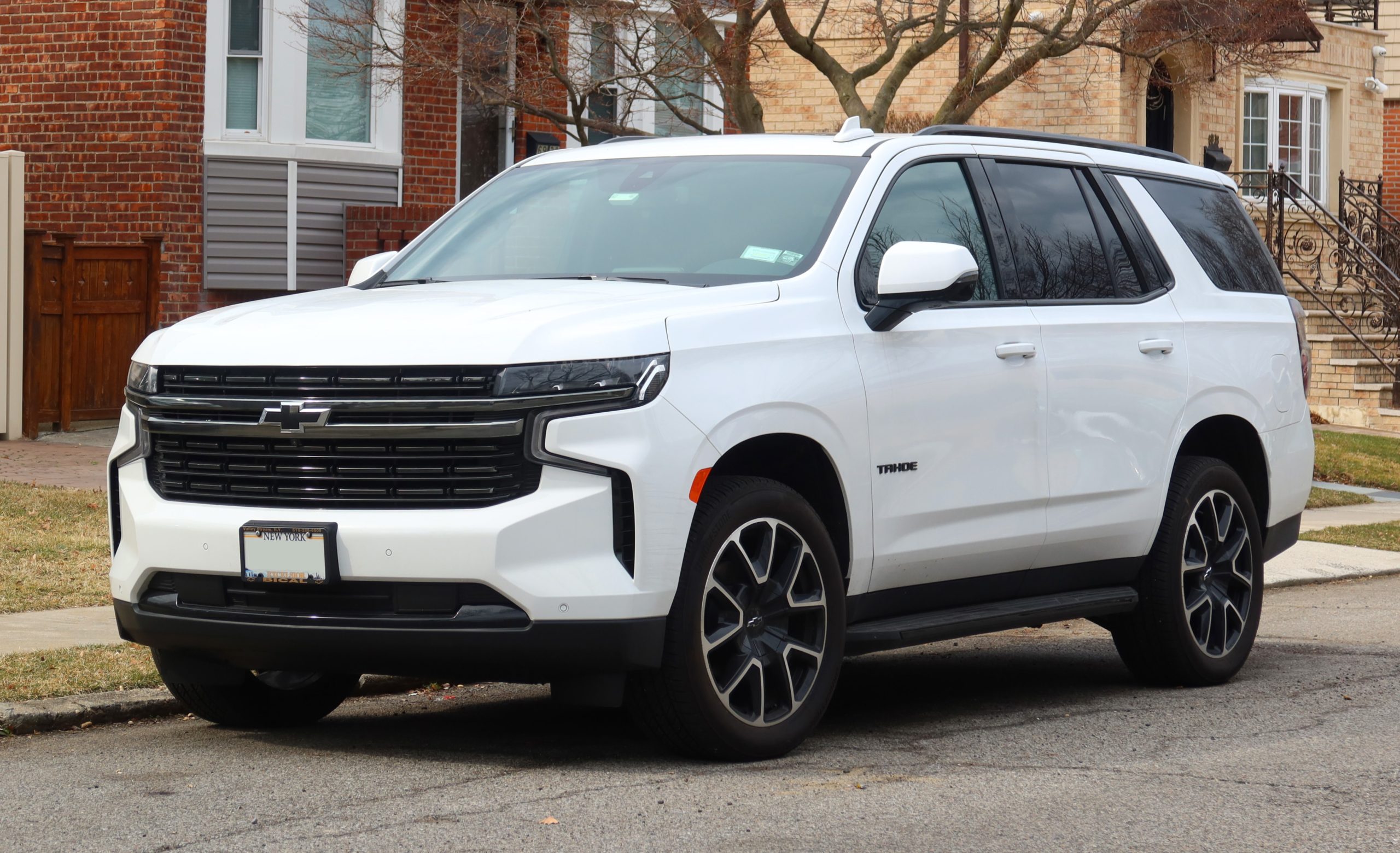
We’re including the Tahoe because it defies the assumption that big SUVs wear out quickly. This generation, in particular, has become a legend among mechanics and long-term owners for staying strong and composed long after most competitors begin to feel worn. At 250,000 miles, a well-cared-for Tahoe still feels like it has plenty left to give.
5 SUVs That Feel Done by 80K
While some SUVs age like fine wine, others seem to fall apart well before the 100,000-mile mark. These are the vehicles that may have offered a smooth ride and solid performance when new—but by 80,000 miles, they start to feel tired, loose, or riddled with problems.
From failing transmissions and suspension wear to interior rattles and fading electronics, these SUVs develop symptoms of premature aging that make them feel older than their odometers suggest.
Some of the models on this list suffer from poor engineering decisions or underbuilt components, while others were plagued by cost-cutting measures that didn’t show until after the warranty expired.
Regardless of the cause, the result is the same: vehicles that leave owners disappointed and facing mounting repair bills long before they should.
We’re writing about these five SUVs not to bash the brands but to shine a light on what shoppers should be wary of—especially in the used market.
These vehicles may look appealing at a low price, but unless they’ve had every issue addressed early, they’re likely to feel worn out, unrefined, and increasingly unreliable before they even hit six figures on the odometer.
Next, we’ll take a deep dive into five SUVs that tend to lose their “like new” feel far too early—and explain what goes wrong and why they make this list.
1. Jeep Compass (2007–2017, 1st Generation)
The first-generation Jeep Compass (2007–2017) was Chrysler’s attempt to break into the compact crossover market—but instead of setting new standards, it set off alarm bells. Despite wearing the Jeep badge, the Compass had little of the durability or ruggedness expected from the brand.
By the time these SUVs hit 80,000 miles, many feel well beyond their years: suspension creaks, rattling interiors, sluggish drivetrains, and mounting mechanical issues all combine to make this one of the most prematurely worn-out SUVs on the road.
Built on a modified Dodge Caliber platform, the Compass used cost-cutting components that never quite held up to long-term use.
The 2.0L and 2.4L World Engines, while adequate in power, are known for oil consumption issues and poor NVH (noise, vibration, and harshness) levels.
But the real culprit is the CVT (continuously variable transmission), which is infamous for rough performance, overheating, and outright failure often before 100K miles. Jeep eventually replaced it with a conventional automatic in later models, but by then, the reputation had taken a hit.
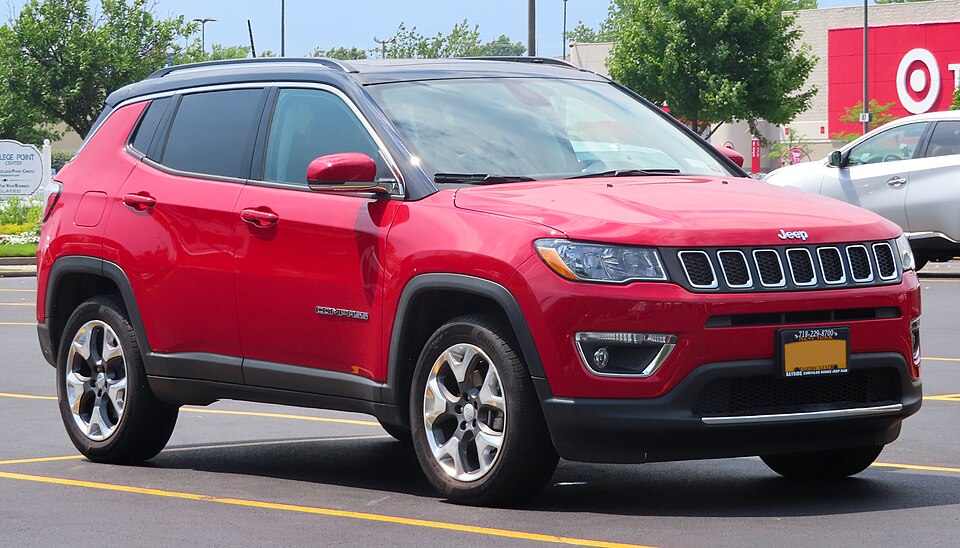
Interior durability is another weak point. Plastic panels warp, buttons stick, and headliners sag far earlier than expected. Suspension components—especially control arms and bushings—tend to wear out early and contribute to the loose, clunky feel many owners report.
We’re including the Compass because it’s the poster child of an SUV that might look okay on a used lot but feels worn out where it matters most. Even with average mileage, it can drive like it’s ready for retirement—and require repairs to match.
2. Ford Explorer (2011–2015, 5th Generation Early Models)
The 2011–2015 Ford Explorer marked a major shift for the model—from a rugged body-on-frame SUV to a more family-friendly unibody crossover.
While the redesign brought better road manners and a more modern look, it also introduced a slew of mechanical and quality control problems. Many early 5th-gen Explorers start to feel worn out by 80,000 miles, with drivetrain, suspension, and interior issues that affect both drivability and owner satisfaction.
One of the most troubling aspects is the 3.5L V6 engine paired with Ford’s 6-speed automatic transmission. Although powerful on paper, real-world results have been mixed.
Transmission shudder, delayed shifting, and outright failure became common complaints—often surfacing just out of warranty. Some models were also offered with a 2.0L EcoBoost turbocharged four-cylinder, which struggled with oil leaks, carbon buildup, and lackluster performance under load.
The Explorer’s interior, while stylish when new, doesn’t hold up well. Dash rattles, squeaks, fading touchscreens (especially MyFord Touch systems), and premature seat wear all contribute to a feeling of age before the odometer hits six digits.
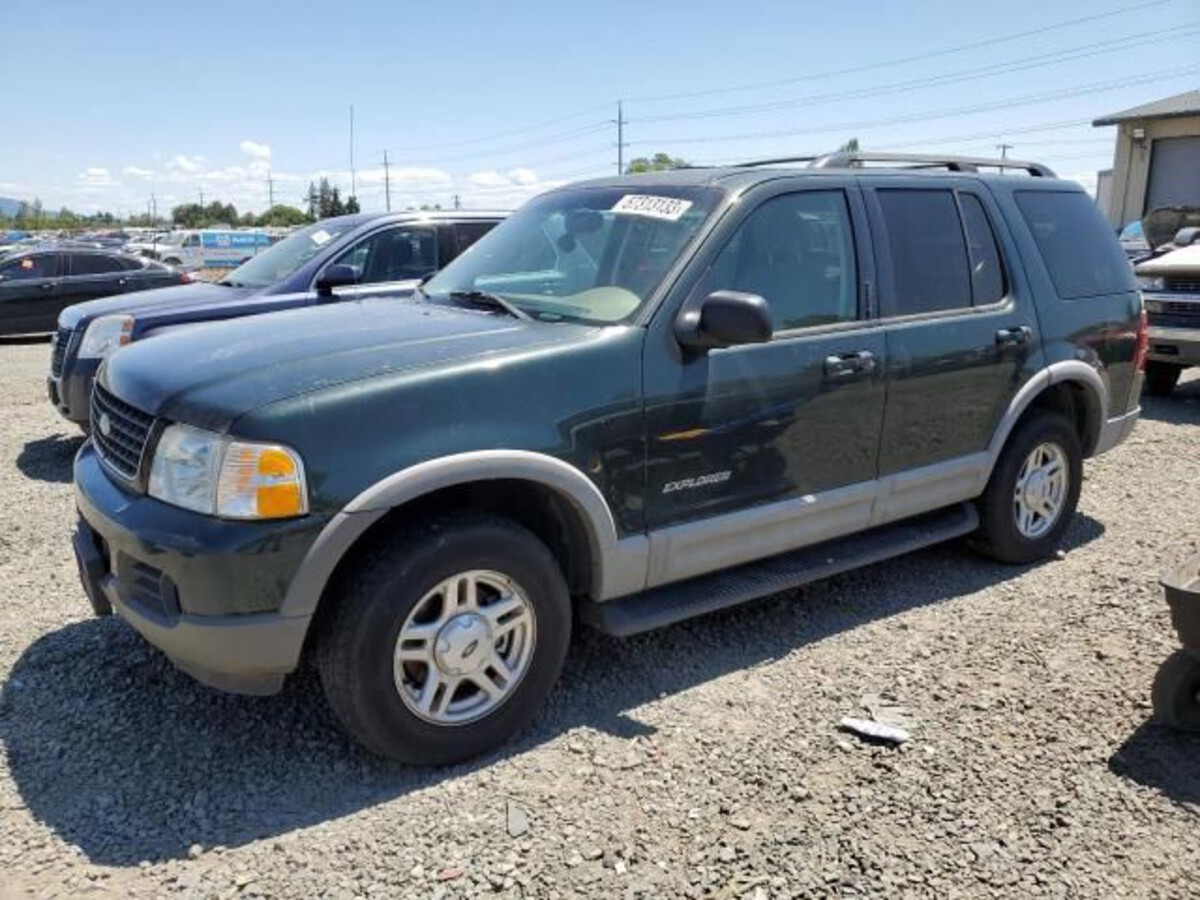
In addition, power steering failures and worn suspension components—like control arms and sway bar links—further degrade ride quality.
We’re including the 2011–2015 Explorer because it represents a classic case of “nice when new, tired too soon.”
While later models saw improvements, these early 5th-gen versions often begin to feel loose, unrefined, and in need of costly attention by 80K miles. For a vehicle positioned as a capable family hauler, that’s a major red flag in long-term ownership.
3. GMC Terrain (2010–2017, 1st Generation with 2.4L Engine)
The first-generation GMC Terrain, especially those equipped with the 2.4L inline-four engine, is a prime example of an SUV that feels prematurely aged—often by the 80,000-mile mark.
While the Terrain debuted with bold styling and a smooth, car-like ride, it quickly gained a reputation for costly mechanical issues and a noticeable decline in refinement over time.
At the heart of the problem is the 2.4L Ecotec engine, which is notorious for excessive oil consumption.
Many owners report having to top off oil every 1,000–1,500 miles, and failure to do so can lead to low oil pressure, timing chain damage, and ultimately, catastrophic engine failure. GMC issued multiple technical service bulletins and extended warranties, but the core issue remained unresolved for many.
The 6-speed automatic transmission isn’t much better. Harsh downshifting, slipping, and early failure are not uncommon—particularly if the vehicle has been used in stop-and-go traffic or for light towing.
Suspension components like struts, control arms, and bushings tend to wear early as well, contributing to a floaty and disconnected ride feel.
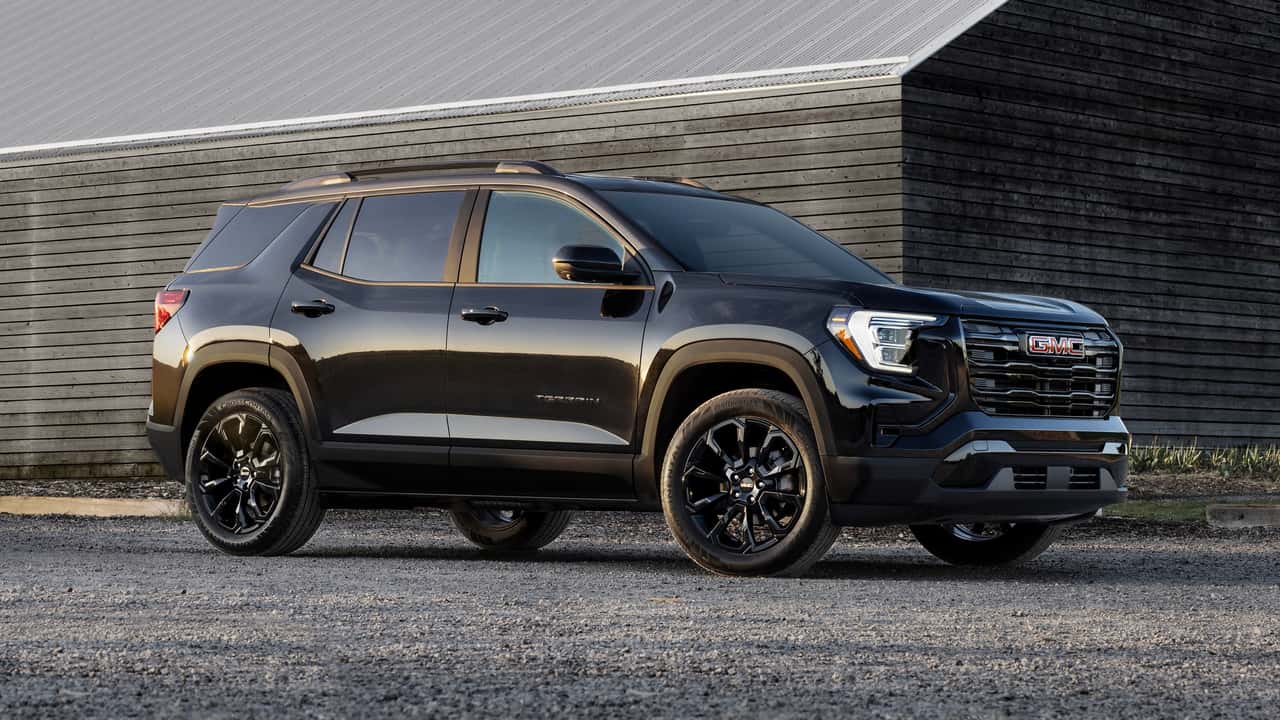
Interior quality also suffers as mileage increases. Despite soft-touch surfaces, many owners report rattles, peeling trim, failing infotainment systems, and power accessories (like window regulators and seat motors) giving up too early.
We’re including the GMC Terrain because it’s one of those SUVs that promises comfort and practicality but delivers frustration and unexpected repair bills before it even hits 100K. By 80K miles, many start to feel sluggish, noisy, and far older than they should—making it a poor long-term bet.
4. Dodge Journey (2009–2020)
The Dodge Journey is one of the most criticized midsize SUVs in recent memory—and for good reason.
Despite a long production run from 2009 to 2020, the Journey remained largely unchanged for over a decade, and many units begin to feel worn out well before reaching 80,000 miles.
While its initial low purchase price and available third-row seating may attract budget-conscious families, the ownership experience often becomes frustrating long before the odometer hits six figures.
Early models featured the underpowered 2.4L four-cylinder engine paired with a 4-speed automatic, which was not only sluggish but also unreliable.
Even the more potent 3.6L V6 versions paired with a 6-speed automatic suffered from rough shifting and premature transmission issues. In both configurations, drivetrain components age quickly and contribute to a rough, noisy ride.
Beyond mechanical concerns, the suspension is a weak point. Control arm bushings, sway bar links, and struts frequently wear out early, causing clunks, squeaks, and a floaty feel at highway speeds. The interior, though spacious, doesn’t fare much better.
Cheap plastics, failing touchscreen systems, broken climate controls, and peeling trim all create the sense of a vehicle that has aged years faster than its mileage suggests.
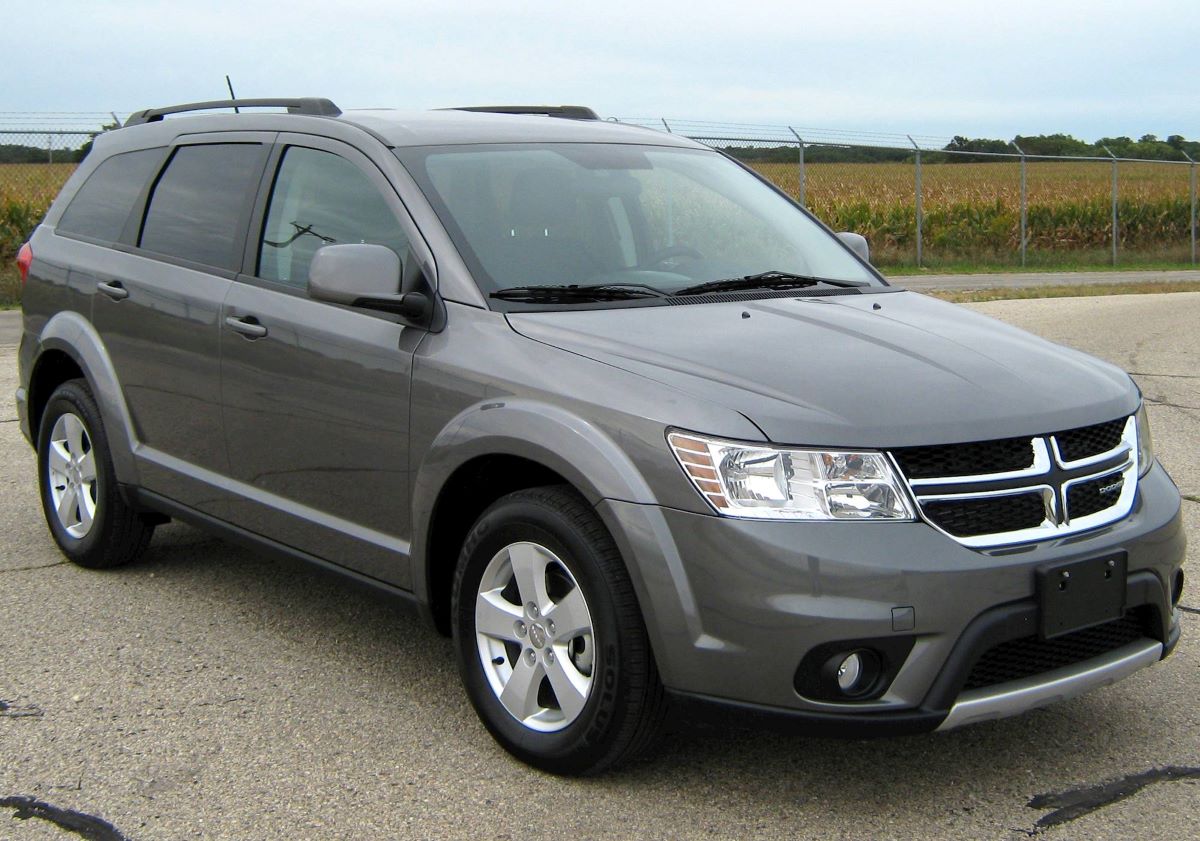
We’re including the Dodge Journey because it’s the epitome of a vehicle that doesn’t age well.
While some drivers have reached high mileage through meticulous maintenance, the average Journey by 80K miles already feels behind the times—worn, noisy, and mechanically tired. For buyers seeking long-term value, it’s a model best approached with caution or avoided altogether.
5. Nissan Pathfinder (2013–2016, 4th Generation Early CVT Models)
The 2013–2016 Nissan Pathfinder marked a major shift for the nameplate—moving from a rugged, truck-based SUV to a unibody crossover aimed at family comfort.
Unfortunately, this change came with one major flaw: the introduction of Nissan’s problematic CVT (continuously variable transmission), which quickly overshadowed the vehicle’s initial promise. By 80,000 miles, many Pathfinders from this generation feel anything but fresh, with drivability issues, drivetrain fatigue, and mounting repair costs.
The 3.5L V6 engine itself is generally solid, but it’s mated to a CVT that is prone to premature wear, overheating, shuddering, and total failure.
These issues are so widespread that Nissan faced multiple lawsuits and extended CVT warranties—but many vehicles on the used market today are well outside those coverage windows. The CVT tends to make the Pathfinder feel sluggish and strained even at moderate mileage.
Suspension wear is another sore point. Control arms, sway bar links, and rear bushings often degrade early, contributing to a bouncy and unsettled ride. Combined with declining transmission performance, the Pathfinder often feels loose and tired by the time it hits 80K.
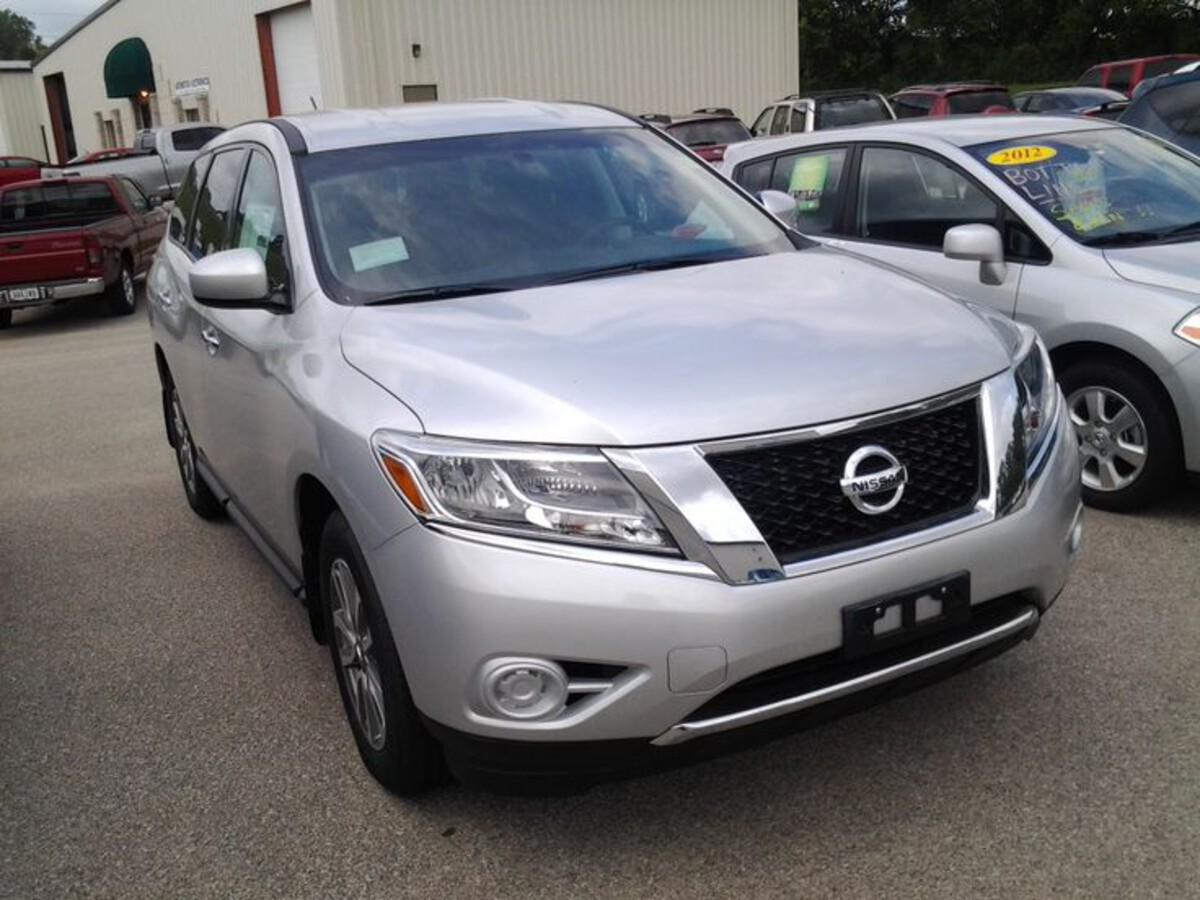
Interior quality doesn’t help either. Buttons wear quickly, the infotainment system often malfunctions, and trim materials lose their finish early. For families looking for a refined long-haul SUV, the Pathfinder’s early aging is a letdown.
We’re including the 2013–2016 Pathfinder because it’s a textbook case of good intentions undone by poor execution. While it has the space and comfort people want, its mechanical troubles cause it to feel outdated and overworked far too soon.
Also Read: 5 High-Demand Used Cars vs 5 That Sit Unsold on Dealer Lots

